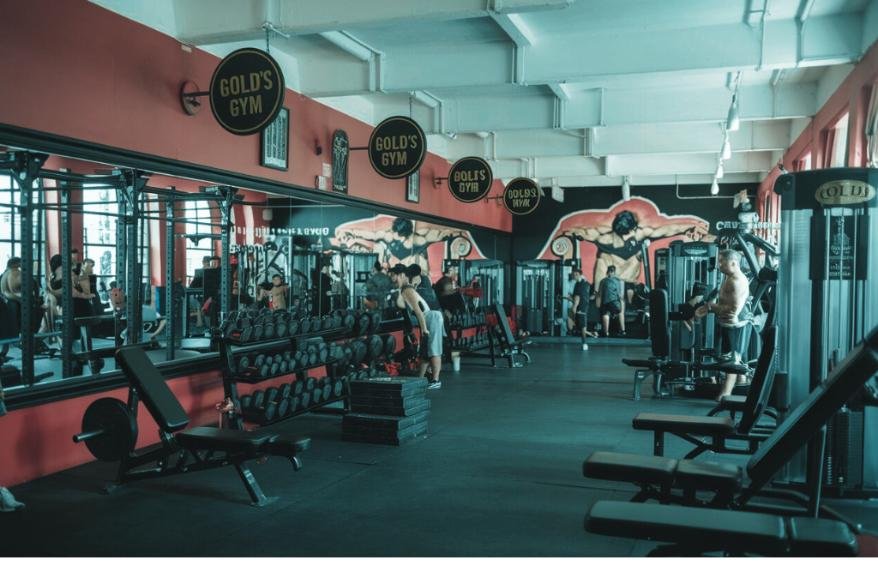Let’s explore a critical health issue that a lot of exercise enthusiasts fail to mention. Exercise keeps us robust and healthy, but things might go wrong from time to time. After working out, dark urine may indicate rhabdomyolysis, a potentially fatal illness.
Rhabdomyolysis: What Is It?
Muscles may emit compounds that are harmful to your body when they degrade too fast. This illness is referred recognized by doctors as rhabdomyolysis, or simply “rhabdo”. Imagine it as if your muscles melted and dangerous substances were released into your blood.
The Condition’s Scientific Basis
Myoglobin is a protein found in your muscles. This protein enters your bloodstream from muscle injury sustained during intense exercise. Although your kidneys make an effort to filter these proteins out, an excess may still be harmful. If treatment for this procedure is not received, severe kidney damage may result.
Alert Signals You Must Not Ignore
Your body may communicate with you in a number of ways. Urine the color of black cola is the most noticeable symptom. There are a lot of other indications to be aware of, however.
Among the early warning indicators are:
- severe, persistent muscular soreness
- unusual weakening in the muscles
- swelling in the musculature
- rapid heart rate
- I’m exhausted.
- feeling ill or throwing up
- urine with a dark or crimson hue
- decreased urination
- Fever sometimes
More serious symptoms might appear:
- Bewilderment or lightheadedness
- indications of dehydration
- Breathing quickly
- irregular heartbeat
- seizures in severe situations
Why Does This Occur?
Rhabdomyolysis may be caused by a number of things. For fitness lovers, vigorous activity is the most typical reason. But this syndrome may also result from other circumstances.
Typical reasons include:
- intense exercise
- crushing wounds
- electric jolts
- Heat exhaustion
- Certain drugs
- genetic components
- drug abuse
- infections
Hazards Associated with Exercise
There are exercise scenarios when your risk goes up. Knowing this can help you maintain your fitness level while keeping safe.
Activities that have a high risk include:
- CrossFit exercises, particularly for novices
- running a marathon in the sweltering heat
- heavy lifting without the right form
- heated yoga classes without enough hydration
- Training in a military boot camp
- distributing lessons to new students
- intense summertime training for sports
Who’s in Danger?
Even while everyone may have rhabdomyolysis, certain individuals are more susceptible than others. Being aware of your risk status enables you to take more preventative measures.
High-risk cohorts consist of:
- Those who are new to exercising
- Athletes in the heat Training individuals on certain medications
- Individuals suffering from muscular diseases
- People with hereditary disorders
- People who are dehydrated
- elderly people beginning vigorous exercise
Preventive Techniques
If you abide by a few simple guidelines, being safe while exercising isn’t difficult. You may achieve your exercise goals and stay healthy by practicing smart prevention.
Important preventive advice:
- Begin new workouts cautiously.
- Increase the intensity progressively
- Sip a lot of water.
- Make frequent pauses for rest.
- Keep an eye out for cautionary indicators
- Pay attention to your body’s cues.
- Steer clear of intense heat while exercising.
- Obtain the necessary training for new tasks.
- Maintain equilibrium of electrolytes
- Take days off in between intense training.
Guidelines for Hydration
One important factor in avoiding rhabdomyolysis is water. It’s important to hydrate properly to be safe.
Conscious hydration practices:
- Hydrate up before working out.
- Drink often while working out.
- After working out, replenish fluids.
- Regularly check the color of your pee. During extended workouts, take sports drinks.
- Don’t drink before working out.
- Track perspiration loss.
When to Consult a Physician
When you see warning signals, don’t wait. Serious consequences may be avoided with prompt medical intervention. It’s better to be cautious than sorry when handling possible rhabdomyolysis.
Get assistance right now if you have:
- urine with a cola color
- severe aches in the muscles
- Unusual vulnerability
- accelerated heart rate
- Perplexity
- fever accompanied with symptoms
Methods of Therapy
Rhabdomyolysis is taken seriously by medical practitioners. A number of actions are often taken throughout treatment to safeguard your kidneys and aid in your recovery.
Typical therapies consist of:
- IV hydration fluids
- routine blood examinations
- monitoring renal function
- Pain control
- monitoring the electrolyte balance
- later on, physical treatment
- gradual resumption of activities
Recuperation Procedure
It requires patience and time to become healthier. Taking your doctor’s recommendations seriously will help you recover completely.
Typical recovery actions consist of:
- total relaxation initially
- Increase in movement gradually
- routine health examinations
- monitoring of blood work
- Returning to exercise with caution
- altered exercise regimens
- Extended health surveillance
Prolonged Impacts and Avoidance
With the right treatment, most rhabdomyolysis patients recover completely. Preventing such incidents, however, becomes crucial.
Long-term factors to consider:
- altered workout regimens
- routine medical examinations
- Improved techniques for training
- Continuous practices of hydration
- Understanding of warning signals
- logical exercise progression
- Frequent intervals of relaxation
In summary
Gaining knowledge about rhabdomyolysis may potentially save your life. Exercise is beneficial, but being aware of the hazards can help you remain safe. Remain hydrated, pay attention to your body, and never disregard warning signals. It all comes down to prevention and quick action.
FAQ
Can someone new to rhabdomyolysis acquire it?
Yes, beginning rigorous exercise too soon puts novices at greater danger.
How much time does it take to recover?
Depending on the severity, recovery often takes several weeks to months.
Will I be able to resume my workouts?
After fully recuperating and receiving medical clearance, most individuals resume exercising gradually.
Is it possible to obtain rhabdo by running?
Definitely, particularly when doing lengthy runs in the heat without enough water.
Is rhabdomyolysis usually present in black urine?
Dark urine may have a variety of reasons, but it requires prompt medical treatment after vigorous activity.
Which workouts have a higher risk of causing rhabdo?
There are dangers associated with high-intensity workouts and eccentric movement activities.
Is rhabdo able to occur more than once?
Certainly, having rhabdo once might make it more likely for you to develop it again.
Is it wise for me to quit working out to avoid rhabdo?
No, but work out wisely, hydrating yourself along the way.
Recall that keeping in shape shouldn’t jeopardize your health. Consult a healthcare provider if in question. Prioritizing your safety is important while pursuing your fitness objectives.










